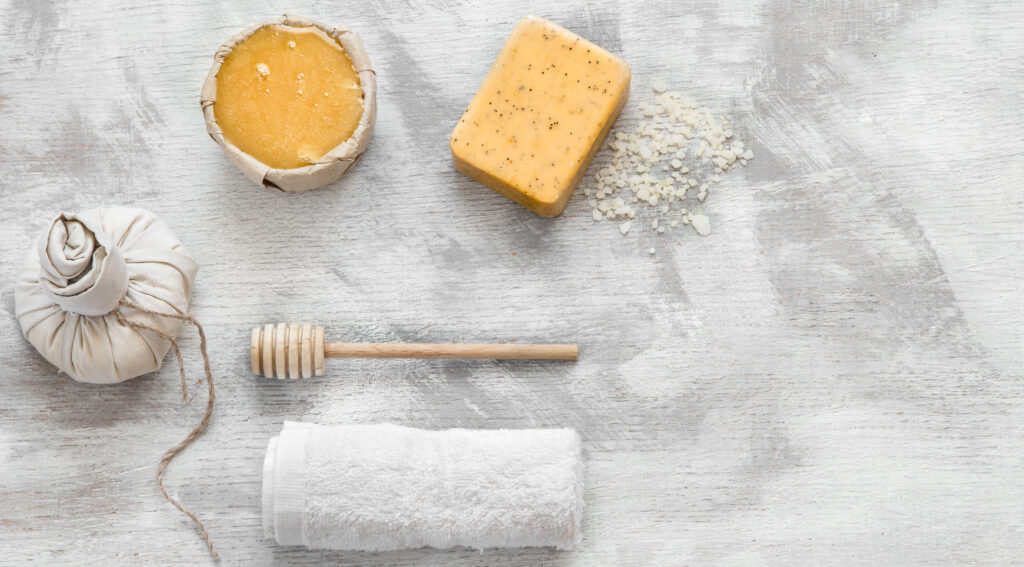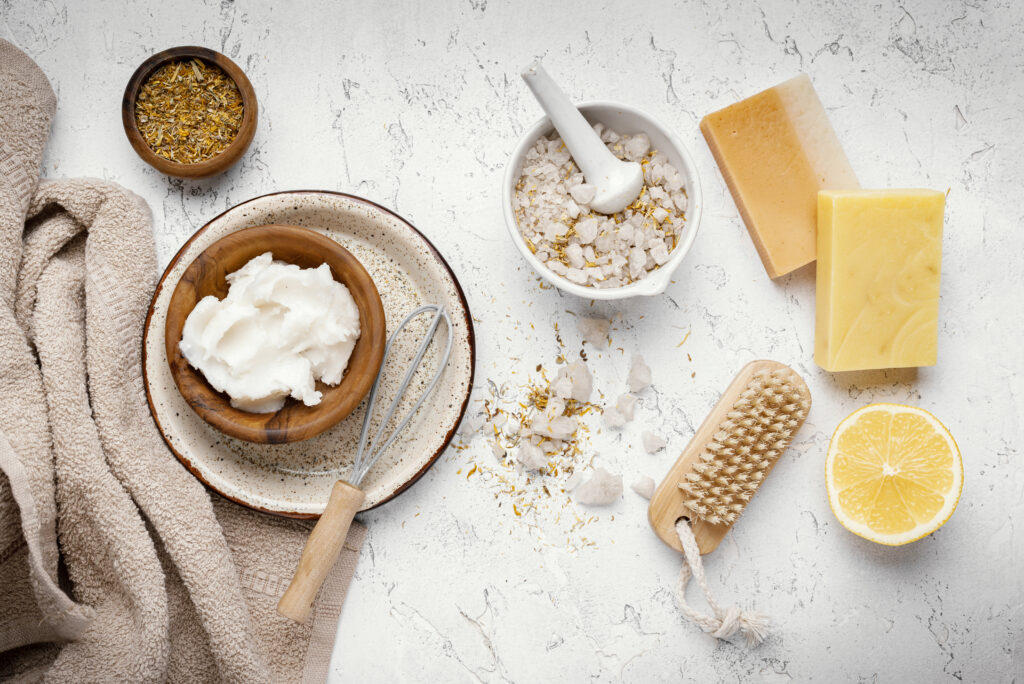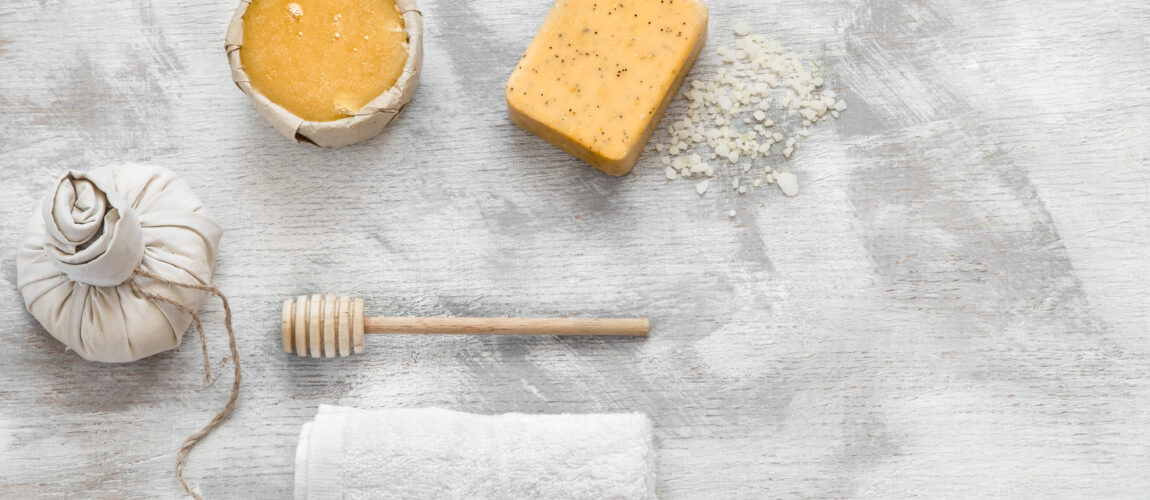Are sopes gluten-free? This common query often arises among those navigating dietary restrictions.
With the rise in gluten sensitivity awareness, it’s crucial to understand if this traditional Mexican dish aligns with gluten-free lifestyles.
In short, sopes can be gluten-free if prepared with the right ingredients.
Corn masa, the primary component of sopes, is naturally gluten-free. However, cross-contamination during preparation or the use of non-gluten-free toppings can alter their status.
Curious about crafting your gluten-free sopes?
Our expert nutritionist, Dr. Maria Lopez, delves into the specifics, offering tips, recipe alternatives, and insights into gluten-free Mexican cuisine.
Here how to eat huaraches food?
Dive deeper into the world of gluten-free sopes to savor this delicious dish worry-free.
What is a Mexican sope?
A Mexican sope is a traditional dish that originates from central and southern regions of Mexico.
It’s a type of thick, round corn masa base, similar to a thick tortilla, but with a raised edge. The masa is typically pinched around the edges to create a border, giving it a small “bowl” or concave shape.

After shaping, the sope is fried until it’s crispy on the outside yet still soft inside.
Once cooked, it’s topped with various ingredients like refried beans, shredded meat (such as beef, chicken, or pork), lettuce, tomatoes, cheese, sour cream, and salsa.
The toppings can vary depending on personal preference and regional variations.
Here, what is huaraches food?
Sopes are popular as snacks, appetizers, or light meals and are known for their delicious combination of textures and flavors, making them a favorite in Mexican cuisine.
Are sopes gluten free?
Traditional sopes are usually made with corn masa, which is naturally gluten-free. Corn masa is a dough made from ground corn that doesn’t contain wheat or gluten-containing grains.
However, it’s essential to ensure that the ingredients used to make the sopes and their toppings are also gluten-free.
While the base of the sope itself is gluten-free, toppings such as certain types of meat, sauces, or seasonings may contain gluten if not prepared carefully.
For instance, meats may be marinated with sauces containing gluten, or pre-packaged toppings like store-bought salsa or cheese blends may have added ingredients that contain gluten.
To enjoy gluten-free sopes, it’s important to use gluten-free ingredients and toppings, or make them from scratch at home using certified gluten-free products.
This way, individuals with gluten sensitivities or celiac disease can safely enjoy this delicious Mexican dish.
Does Sope have gluten?
Sopes can contain gluten depending on how they’re prepared and the ingredients used.
The traditional base of a sope is made from corn masa, which is naturally gluten-free.
However, if wheat flour or other gluten-containing ingredients are added to the masa or used in the preparation of the toppings, then the sope would not be gluten-free.
It’s essential for individuals with gluten sensitivities or celiac disease to be cautious when consuming sopes, as cross-contamination can also occur during cooking if the same surfaces or utensils are used for gluten-containing and gluten-free foods.
To ensure a gluten-free sope, it’s best to use certified gluten-free corn masa and carefully select gluten-free ingredients for the toppings, such as beans, meats, vegetables, cheese, and sauces that are labeled gluten-free or made from gluten-free ingredients.
This way, people following a gluten-free diet can enjoy sopes safely.
What are sopes made of?
Sopes are made primarily from corn masa, which is a dough made from ground corn mixed with water and sometimes a bit of fat like lard or oil.
This masa serves as the base or shell of the sope. It’s similar to the dough used for making corn tortillas but thicker and shaped into a small, round disc with raised edges.
Here, how to make huaraches food?
To prepare sopes, the corn masa is formed into small rounds, about 4-6 inches in diameter, and then shaped by pinching the edges to create a border.
These shaped discs are then cooked on a griddle or comal until they’re crispy on the outside yet remain soft inside.
Once cooked, sopes are topped with various ingredients such as refried beans, shredded meat (like chicken, beef, or pork), lettuce, tomatoes, cheese, sour cream, salsa, and sometimes avocado or guacamole.
The toppings can vary widely based on personal preference and regional variations in Mexico.
Are gorditas gluten free?
Gorditas can be gluten-free if they are made with ingredients that do not contain gluten.
Traditional gorditas are made from masa harina, which is a type of corn flour and is naturally gluten-free.
However, it’s crucial to ensure that the other ingredients used in making gorditas, such as fillings and toppings, are also gluten-free.
Some common fillings for gorditas include beans, cheese, meats like shredded chicken or beef, vegetables, and salsas.

These fillings are typically gluten-free, but it’s essential to check labels and ingredients to confirm.
Cross-contamination is another consideration.
If gorditas are prepared in a kitchen where gluten-containing ingredients are also used, there’s a risk of cross-contact, which could introduce gluten into the dish.
Here, what are huaraches food?
To enjoy gluten-free gorditas, it’s best to use certified gluten-free masa harina and carefully select gluten-free fillings and toppings, ensuring a safe and delicious meal for individuals with gluten sensitivities or celiac disease.
Are salsas gluten free?
Most salsas are naturally gluten-free as they are primarily made from vegetables, fruits, herbs, and spices.
Traditional salsa ingredients like tomatoes, onions, garlic, cilantro, lime juice, and chili peppers do not contain gluten.
However, it’s essential to be cautious with store-bought or packaged salsas, as some may contain additives or thickeners that could contain gluten.
To ensure that salsa is gluten-free, it’s advisable to read labels carefully and look for products that are explicitly labeled as gluten-free.
Manufacturers are increasingly providing this information on their packaging to help consumers with dietary restrictions.
Homemade salsas are usually gluten-free as you have full control over the ingredients.
By making salsa from scratch using fresh, gluten-free ingredients, you can enjoy a flavorful and safe gluten-free condiment that pairs well with many dishes.
Are resturants soaps gluten free?
Whether restaurant sopes are gluten-free depends on several factors:
- Base (Masa): Traditional sopes are made from corn masa, which is naturally gluten-free. However, some restaurants may use a premade masa mix that could contain gluten or be at risk of cross-contamination if prepared on shared equipment.
- Toppings: The toppings added to sopes can vary widely and may include ingredients with gluten, such as certain types of meat (if marinated with sauces containing gluten), sauces, or seasonings. It’s crucial to inquire about the ingredients used in the toppings.
- Cross-Contamination: In restaurant kitchens, there’s a risk of cross-contact with gluten-containing ingredients if the same surfaces, utensils, or fryers are used for both gluten-free and gluten-containing foods.
To ensure gluten-free sopes at a restaurant, it’s best to communicate clearly with the staff about your dietary needs, ask about ingredient lists, and confirm their procedures to prevent cross-contamination.
Some restaurants may offer gluten-free options or be able to accommodate requests for gluten-free sopes.
How to make a soaps gluten free?
To make gluten-free sopes at home, follow these steps:
- Choose Gluten-Free Masa: Use certified gluten-free masa harina (corn flour) to make the base of the sopes. Check the packaging for a gluten-free label or certification to ensure it’s safe for those with gluten sensitivities.
- Prepare the Dough: Mix the masa harina with water and a pinch of salt until you get a soft dough. The consistency should be similar to play-dough. If needed, add more water or masa harina to achieve the right texture.
- Shape and Cook: Divide the dough into small balls and flatten them into discs, about 1/4 to 1/2 inch thick. Pinch the edges to create a raised border. Cook the sopes on a hot griddle or skillet until they’re golden and slightly crispy on the outside but still soft inside.
- Choose Gluten-Free Toppings: Use gluten-free toppings such as refried beans, grilled meats, fresh vegetables, cheese, salsa, guacamole, and sour cream.
By using certified gluten-free ingredients and avoiding cross-contamination in your kitchen, you can enjoy delicious homemade gluten-free sopes.

